|
Women’s History Month begins on March 1st. Its purpose is to acknowledge and commemorate all the contributions either great or small that women have made throughout history and continue to do so. Taking only one month a year to celebrate women is not enough as far as I’m concerned. However, if during March we succeed in sharing enough stories, perhaps it will inspire and encourage younger generations that they too can overcome obstacles and aspire to become whoever and whatever they want to be. Within the global wine and spirits community, there is a multitude of women who have broken barriers and stepped into roles that were once dominated by men. Female winery owners and winemakers are no longer the “exception” and female distillers and master blenders are on the rise! The list of accomplished women is lengthy and impressive! Here are just a few examples of women who have helped to pave the way for others. Claudia Harris of England was the first female in the world to pass the rigorous Court of Master Sommeliers exam and receive a title in 1984. Madame Clicquot (Barbe-Nicole Ponsardin) became the proprietor of the famous champagne house in 1772 transforming it into the iconic winery Veuve Clicquot Ponsardin and earning her the title “Grande Dame of Champagne”. Joy Spence of Appleton Estate Jamaica Rum is the first woman in the spirits industry to hold the title of master blender in 1997. Heather Nelson is the first woman to found a whisky distillery in Scotland in over 200 years. She opened Toulvaddie Distillery Ltd. in 2015. I’m happy to say that the list is endless and I’m so proud of these women, past and present. Over the last several years, I’ve written about many rising stars and adept women in the wine and spirits industry, including the iconic Susana Balbo. After recently receiving two of her wines, it seemed fitting to begin Women’s History Month with Susana. Susana became Argentina’s first female enologist in 1981 and was undaunted by a male-centric arena. In the early 1980s while working at a winery in Salta she was the first to experiment with Torrontés, a much-overlooked grape variety. She made her first successful vintage of Torrontés in 1983. You can read a more detailed story about Susana, her winery and wines by clicking on this link or on the ‘Categories’ menu at right. http://thewineknitter.com/1/post/2017/08/day-592-susana-balbo-wines.html In addition to producing wine and creating her own winery in 1999, Susana was elected three times to serve as Presidency of Wines of Argentina and in 2015 she was elected to Argentina’s National Congress, representing the province of Mendoza. Susana is also a global leader and advocate for women’s advancement. In 2017 she became the first female to lead the W20 summit, which is an extension of the G-20 global group. Susana is a devoted mom and grandmother as well as a pioneer of Argentine wine, entrepreneur and she is dedicated to helping pave the way for women globally. So, let’s toast Susana with these remarkable wines! Susana Signature Brioso White Blend Valle de Uco 2018 This is a beautiful blend of 35% Semillón, 35% Sauvignon Blanc and 30% Torrontés. Grapes are hand-harvested from the high altitude vineyards of Finca La Delfina in the Uco Valley. The wine is aged four months in 60% first use French oak and 40% second use. White floral aromas, citrus notes, especially grapefruit, pear and hints of minerality set the stage for a refreshing palate of tropical fruit, citrus and creamy mouthfeel. A touch of minerality and floral linger on the finish. Drink as an aperitif or serve with fish, spicy cuisine and grilled vegetables. Alcohol: 13.5% SRP: $24 Susana Signature Brioso Red Blend Agrelo Mendoza 2017 This is a perfect blend of 41% Cabernet Sauvignon, 32% Malbec, 22% Cabernet Franc and 5% Petit Verdot. The grapes are hand-harvested from Agrelo in Luján de Cuyo at elevations of over 3,300 feet. The wine is aged for 15 months in 100% new French oak barrels. Delicious aromas of red and dark fruit, blueberry pie, floral and a touch of baking spice open to a complex palate of blackberry, blueberry, plum, espresso beans, bittersweet chocolate and a hint of anise and violet. This wine has great structure with smooth tannins and a long finish. It has great aging potential and I look forward to tasting it again in a few years. Serve with grilled meat, poultry, stews and hearty soups. On the back label of this bottle, Susana says, “Brioso means “a spirited love of challenge” and expresses my passionate drive to create a wine that reaches the pinnacle of quality.”
Alcohol: 14.5% SRP: $45 Let’s all share some inspiring stories in March and keep it going all year long. Let’s celebrate the women that have helped to open the door for future generations and us! Until next time… Cheers! Penina To leave a comment or if you have an inquiry, please contact me at [email protected] It never ceases to amaze and impress me the amount of quality-focused wines that are being produced in South America. I have written many stories about wines from Chile, Argentina, Uruguay and Brazil. And as I have mentioned before, the wines are unique, filled with distinctive characteristics and many are “pocketbook” friendly! Although today’s story takes place in Argentina, it actually begins in France. Jean Bousquet and his family expand four generations of winemaking and are originally from the city of Carcassonne, in Southwest France. Their family winery and vineyards were located close by in the commune of Pennautier. 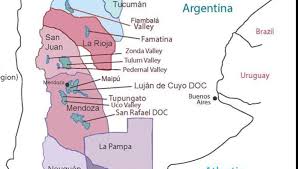 In 1990, Jean Bousquet and his family made a trip to Mendoza, Argentina, specifically to the Gualtallary Valley to learn about the region. The Gualtallary Valley is situated high up in the Tupungato district of the Uco Valley with altitudes that reach up to 5,249 ft. Bousquet was impressed with the region’s unique characteristics and qualities even though the land was barren of vines. Back then the area was considered too cold for growing grapes and the very idea of planting vines was shrugged off by the locals. However, Bousquet had a vision to turn the cool climate land into a winery and vineyards to make organically grown wines. The photos below show the land prior to 1990 and the winery today. Having divested almost everything he owned, including the family winery and vineyards in France, Bousquet purchased 998 acres in 1997 in the Gualtallary Valley in Tupungato. Sitting at an altitude of 4,000 feet, it is considered one of the highest altitude vineyards in Mendoza and the world! And so the Bousquet family began their new life in Argentina at Domaine Bousquet. “The objective of the Bousquet family was to unite our tradition of European wine making with the ideal agricultural conditions in Mendoza.” Bousquet realized from the get go that with the low amount of rainfall in this region, he would need a water source. So, in 1998 they began digging a 495 ft. well, which took two years to complete. Between the drip irrigation system and desert like conditions, they control the amount of water needed to produce grapes with lower pH, resulting in beautifully balanced wines. His first vintage was released in 2005. Bousquet’s daughter Anne and her husband Labid al Ameri, who were living in Boston, became involved with the company after visiting Argentina in 2002. After numerous trips back and forth and Labid joining his father-in-law full time in 2005, they finally moved to Tupungato in 2009. Anne and Labid became full owners in 2011, bringing with them their shared philosophy on organic and economic sustainability. With Anne’s background as an economist, she assists in financial planning, day-to-day operation management and business development. Labid has a degree in Finance and in 2005 he created the commercial structure for Domaine Bousquet, which now has a brand presence in over 50 countries. With the benefits of cool climate, sandy soil, controlled water irrigation and healthy organic grapes, it certainly sets the stage for quality wines. I recently had the opportunity to try two wines from Domaine Bousquet, Gaia Red Blend and Gaia White Blend. In Greek mythology, Gaia is the Mother Earth goddess, the ancestral mother of all life. And considering that Gaia wine is all organic, it is a fitting name. The grapes are harvested manually, barrel fermented and aged in French oak. Gaia White Blend 2016 is made with 50% Chardonnay, 35% Pinot Gris and 15% Sauvignon Blanc. The color is a crisp yellow with aromatic notes of soft citrus, floral and pear. It is fresh and lively on the palate with subtle notes of pear, citrus and green apples. The finish is dry with hints of tropical fruit lingering on the palate. This is a perfect wine to serve with oysters, seafood, cheese and fruit. Alcohol: 12.5% SRP: $18 Gaia Red Blend 2015 is made with 50% Malbec, 45% Syrah and 5% Cabernet Sauvignon. The color is dark purple with heady aromas of anise, violet and dark berries. The palate offers silky tannins with dark fruit, dark cherry, hints of spice and white pepper on a long finish. This is a wine that will complement just about any dish from appetizers to dessert! Alcohol: 14.5% SRP: $20 I look forward to trying the other range of wines that Domaine Basquet has to offer, such as their Premium, Reserve and Grand Reserve lines and single bottling Ameri Icon and Dulce.
France + Argentina = delicious wines! Simple math! Cheers! Penina To leave a comment or if you have an inquiry, please contact me at [email protected] |
Categories
All
|

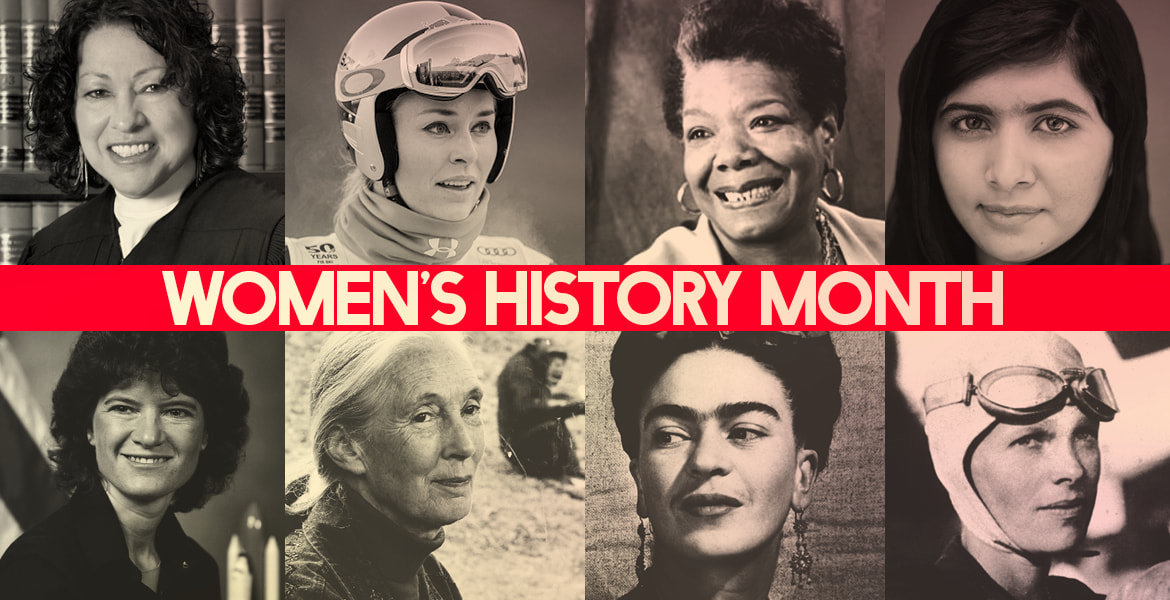
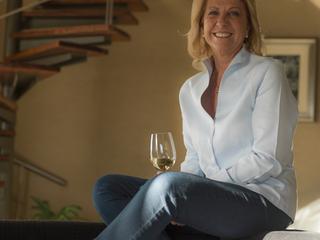
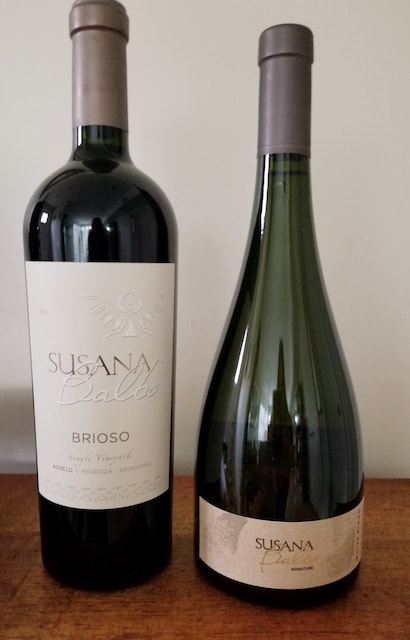
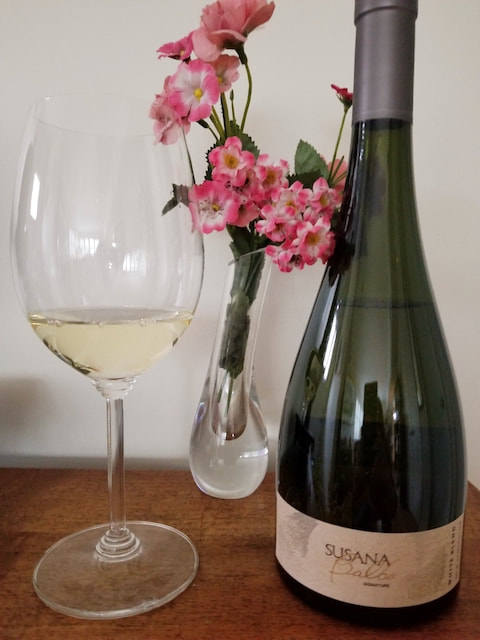
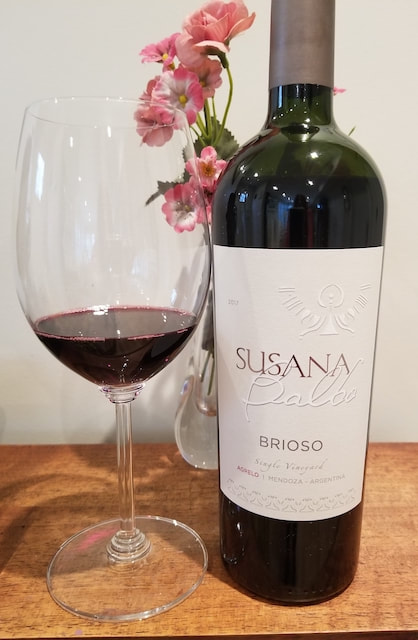
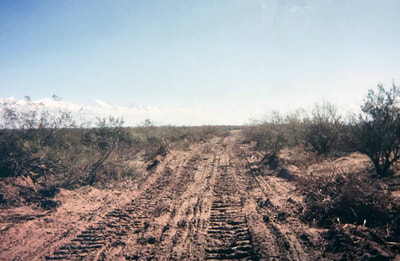
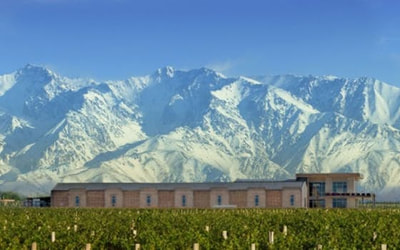
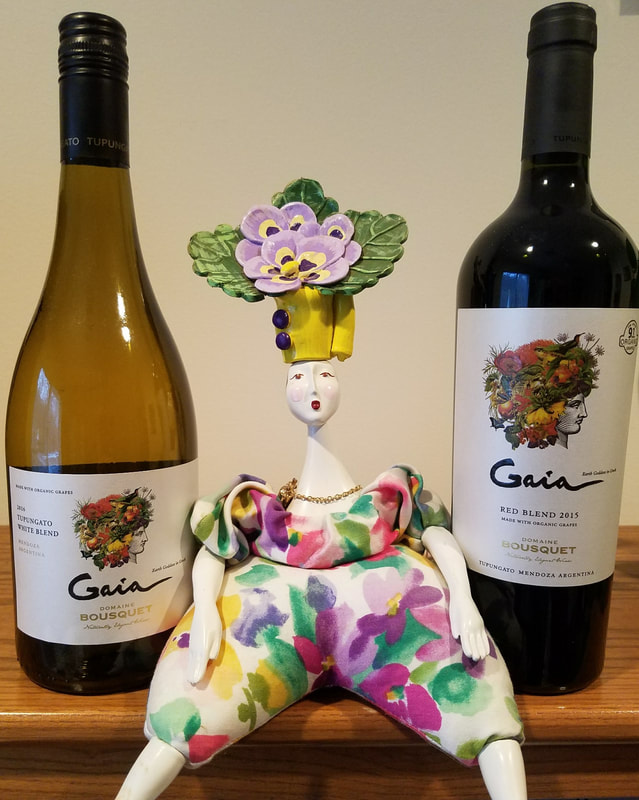
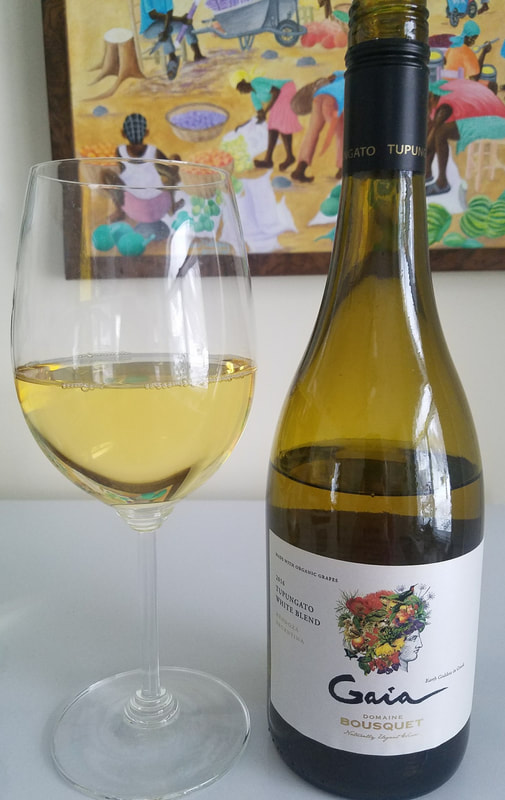
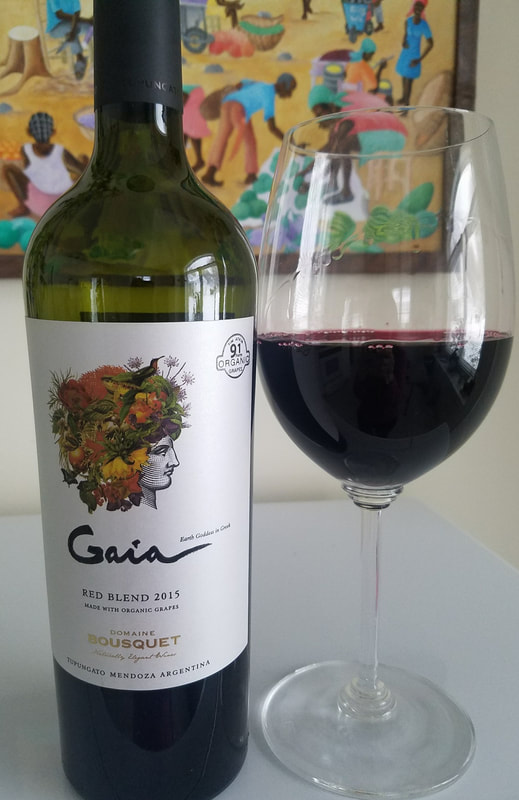
 RSS Feed
RSS Feed